Ever wondered how to make your marketing strategy not just effective but also delightfully engaging? Enter the world of Chatbot Marketing. In 2024, the landscape has evolved, and the burning question is: How can businesses harness the power of chatbots seamlessly?
Don’t get stressed!
This blog unveils the answer about chatbot marketing, providing you with the latest insights, top tips, and real-world examples that transcend the conventional norms of digital marketing.
In a world where interactions matter more than ever, the significance of Chatbot Marketing cannot be overstated. These digital assistants not only automate processes but also personalize user experiences, establishing a direct connection between brands and consumers.
Here is more!
As we dive into this exploration, envision the possibilities that lie within the world of chatbot marketing. Whether you’re a novice seeking guidance or an entrepreneur scouting for a chatbot marketing agency, this guide is your roadmap to navigating the dynamic landscape.
Grab your virtual compass, let’s join on a journey where every interaction becomes an opportunity!
What is a Chatbot?
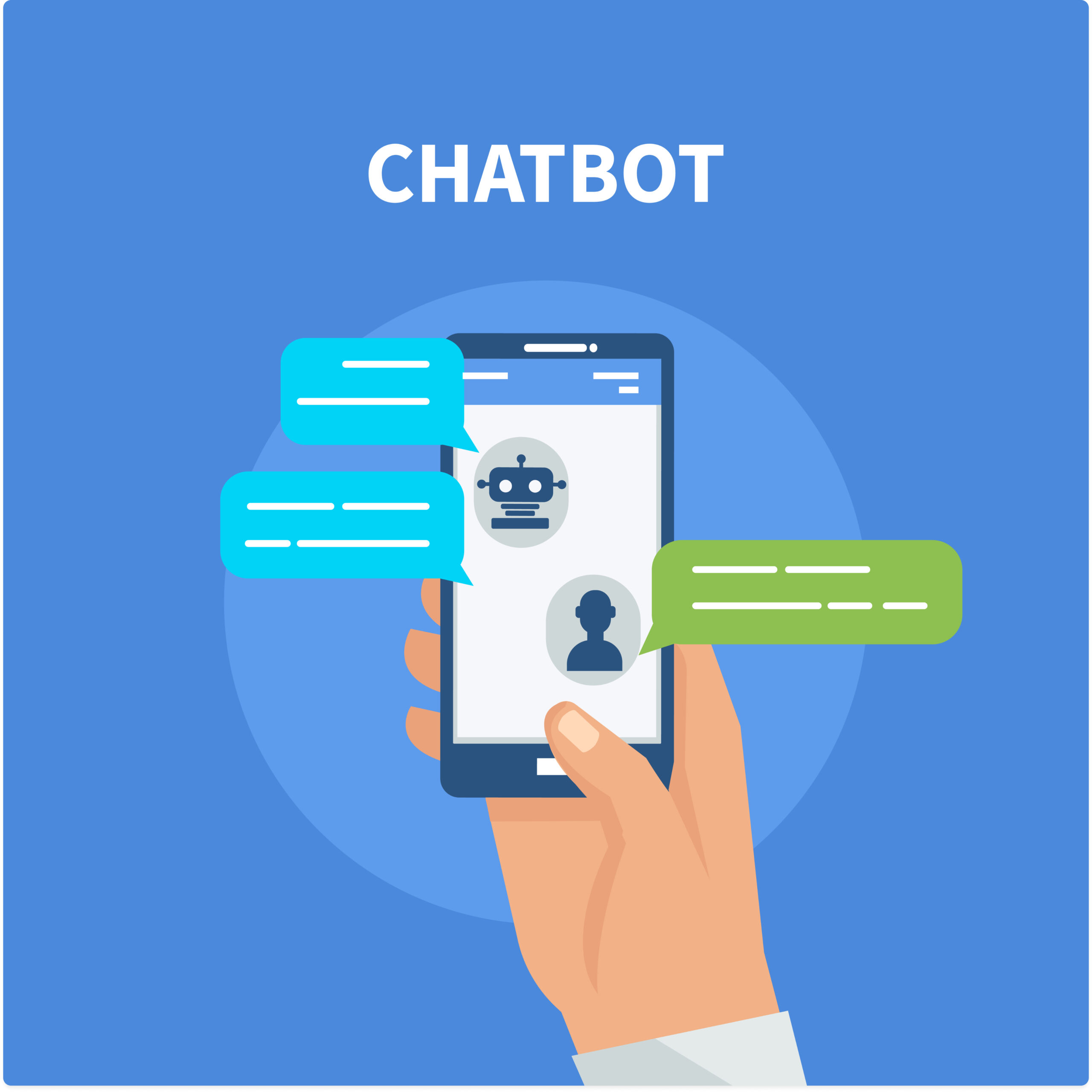
A chatbot is a virtual assistant designed to simulate human conversation, leveraging artificial intelligence and natural language processing. In simpler terms, it’s a smart program that interacts with users via text or voice, providing information, assistance, or performing specific tasks.
This digital entity of chatbots is revolutionizing customer engagement, offering instantaneous responses and personalized experiences. Operating 24/7, chatbots cater to diverse needs, from answering queries to facilitating transactions. They enhance efficiency, streamline processes, and, most importantly, elevate user satisfaction.
As businesses embrace this tech-savvy ally, the chatbot emerges not just as a conversational interface but as a key player in redefining customer interactions and reshaping the future of digital engagement.
What is Chatbot Marketing?
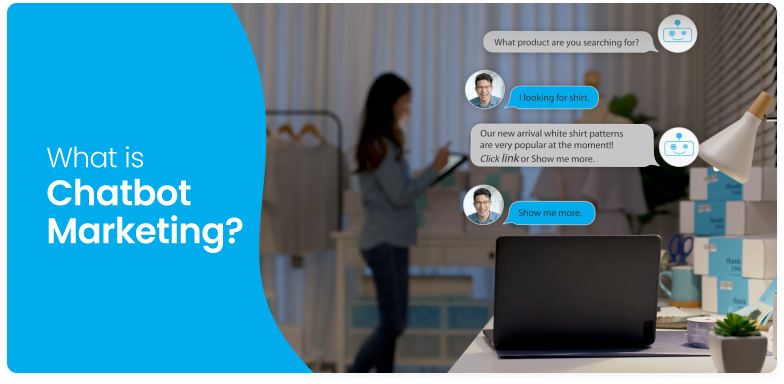
Chatbot marketing is a dynamic strategy that integrates chatbots, AI-powered virtual assistants, into marketing processes to enhance customer engagement and streamline interactions. These intelligent bots leverage natural language processing to simulate human-like conversations, allowing businesses to deliver personalized experiences and instant responses.
This innovative approach transforms the customer journey by facilitating real-time interactions on websites, messaging apps, and social media platforms. Chatbot marketing extends beyond automating routine tasks; it actively nurtures lead, provides instant customer support, and guides users through purchasing decisions.
Research indicates that businesses embracing chatbot marketing witness increased customer satisfaction, improved conversion rates, and enhanced operational efficiency. By combining technology with personalized communication, chatbot marketing emerges as a powerful tool for businesses to connect with their audience seamlessly, drive engagement, and ultimately boost overall marketing performance.
Tips for Chatbot Marketing Strategy
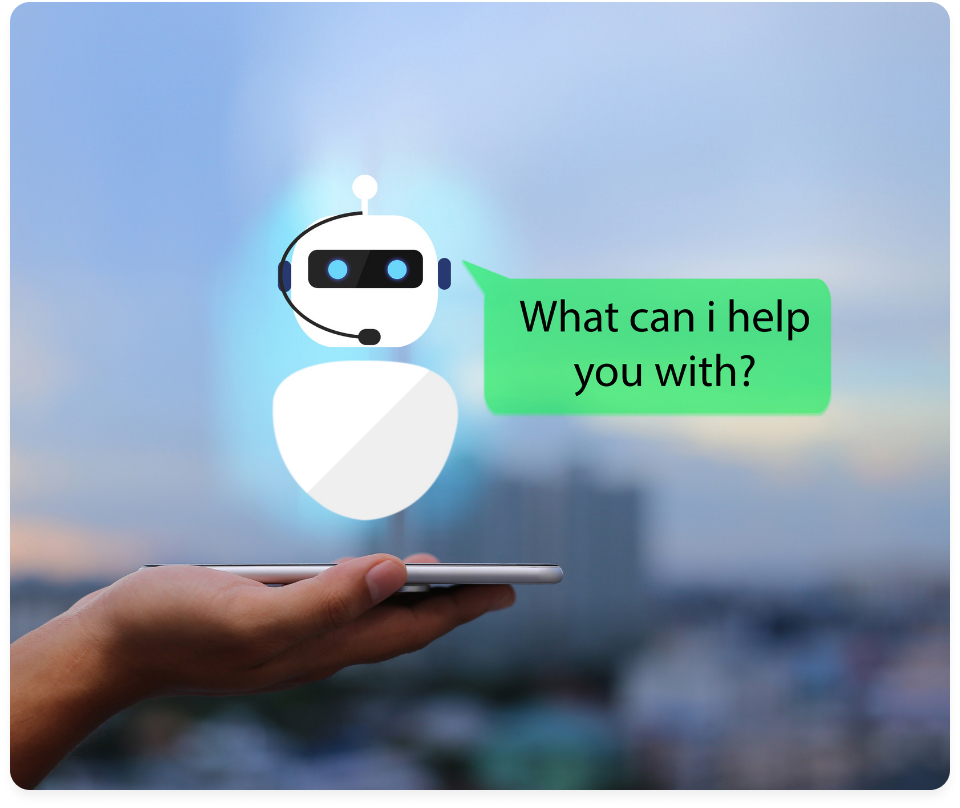
In the dynamic world of digital marketing, incorporating chatbots can be a game-changer. To ensure a smooth transition and maximize their impact, consider these expert tips:
Define Clear Objectives
Clearly outline your goals. Whether it’s improving customer support, boosting lead generation, or enhancing user engagement, having well-defined objectives will steer your chatbot strategy in the right direction.
Understand Your Audience
Develop a deep understanding of your target audience. Identify their preferences, pain points, and communication style. Tailoring your chatbot’s interactions to align with your audience’s expectations is key to success.
Start Simple, Evolve Gradually
Initiate with a basic chatbot and refine its capabilities over time. A gradual evolution allows for seamless integration, minimizing disruptions while maximizing user acceptance.
Prioritize User Experience
Design a user-friendly interface and focus on creating a positive user experience. A chatbot should feel intuitive, providing value without causing frustration.
Personalization Matters
Implement personalization features to make interactions more meaningful. Leverage user data to tailor responses, recommendations, and offers, creating a personalized and engaging experience.
Integrate with Existing Systems
Ensure your chatbot integrates seamlessly with existing systems and platforms. This not only improves efficiency but also ensures consistent data flow and accuracy.
Provide Clear Instructions
Guide users on how to interact with the chatbot effectively. Clear instructions ensure users understand the bot’s capabilities and how to derive the most value from it.
Regularly Update and Optimize
Leverage the data collected during interactions. Analyze user behavior, preferences, and feedback to refine your chatbot strategy continually. Use these insights to optimize content and improve user engagement.
What to avoid?
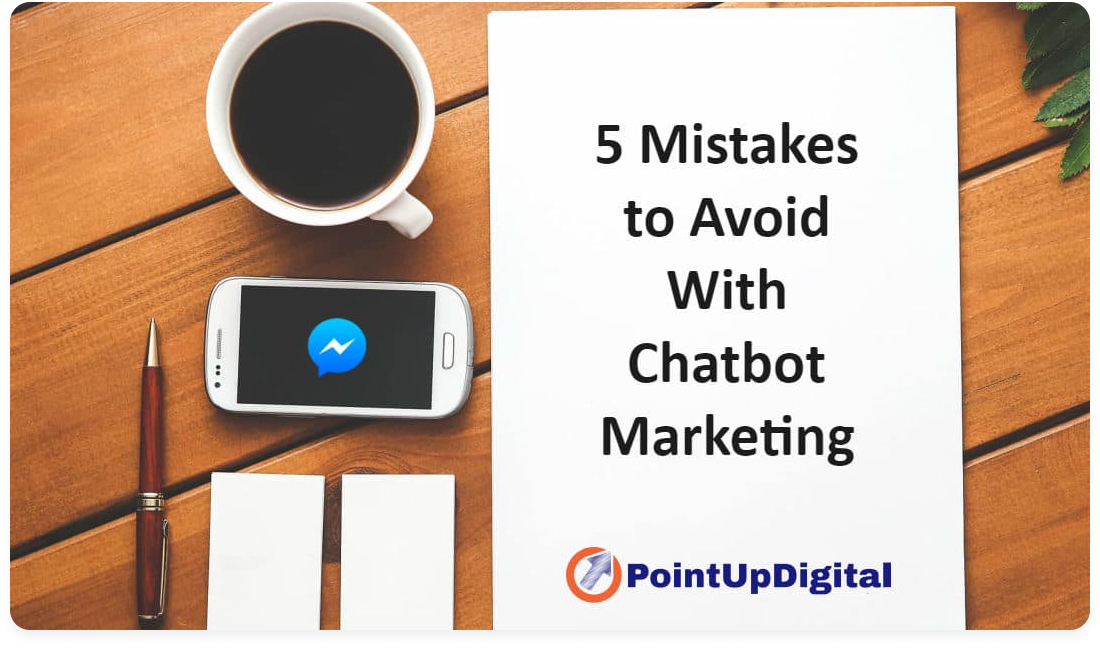
Overcomplicating Design
Resist the urge to over complicate your chatbot’s design. A cluttered interface or overly complex functionalities can overwhelm users. Keep it simple, intuitive, and user-friendly.
Lack of Personalization
Generic interactions can be a turn-off. Avoid neglecting personalization; tailor responses based on user preferences, history, and behavior to create a more engaging experience.
Poor Integration
Inadequate integration with existing systems can disrupt workflows. Ensure your chatbot seamlessly integrates with other platforms, databases, and processes for smooth operation.
Lack of Clear Purpose
A chatbot without a clear purpose is likely to confuse users. Clearly define its objectives and functionalities to avoid leaving users uncertain about its capabilities.
Ignoring Market Trends
Failing to stay updated on market trends can result in an outdated chatbot. Regularly assess industry advancements and update your chatbot to align with evolving user expectations.
Benefits of Chatbot Marketing

Chatbot marketing offers a myriad of advantages that can revolutionize the way businesses engage with their audience. Let’s explore the key benefits:
24/7 Availability
Unlike human agents, chatbots operate round the clock. This ensures your business is accessible at any time, catering to a global audience and different time zones.
Personalized Interactions
Utilizing user data, chatbots can deliver personalized content and recommendations, enhancing the overall customer experience and strengthening brand connections.
Quick Problem Resolution
Chatbots efficiently address customer queries and problems, offering immediate solutions. This not only improves customer satisfaction but also prevents potential issues from escalating.
Data Collection and Analysis
Chatbots collect valuable user data during interactions, providing businesses with insights into customer preferences, behaviors, and feedback for informed decision-making.
Improved Conversion Rates
By guiding users through the sales funnel, providing product recommendations, and facilitating transactions, chatbots contribute to higher conversion rates and increased revenue.
Brand Consistency
Chatbots maintain a consistent brand voice and messaging, ensuring uniformity in communication across various platforms and touchpoints.
Interactive Marketing Campaigns
Chatbots enable interactive marketing initiatives, incorporating elements like polls, quizzes, and games to captivate audiences and gather valuable data.
Customer Retention
Through personalized interactions, proactive engagement, and efficient problem-solving, chatbots contribute to higher customer retention rates, fostering long-term relationships.
6 Chatbot examples to boost your Chatbot strategy.
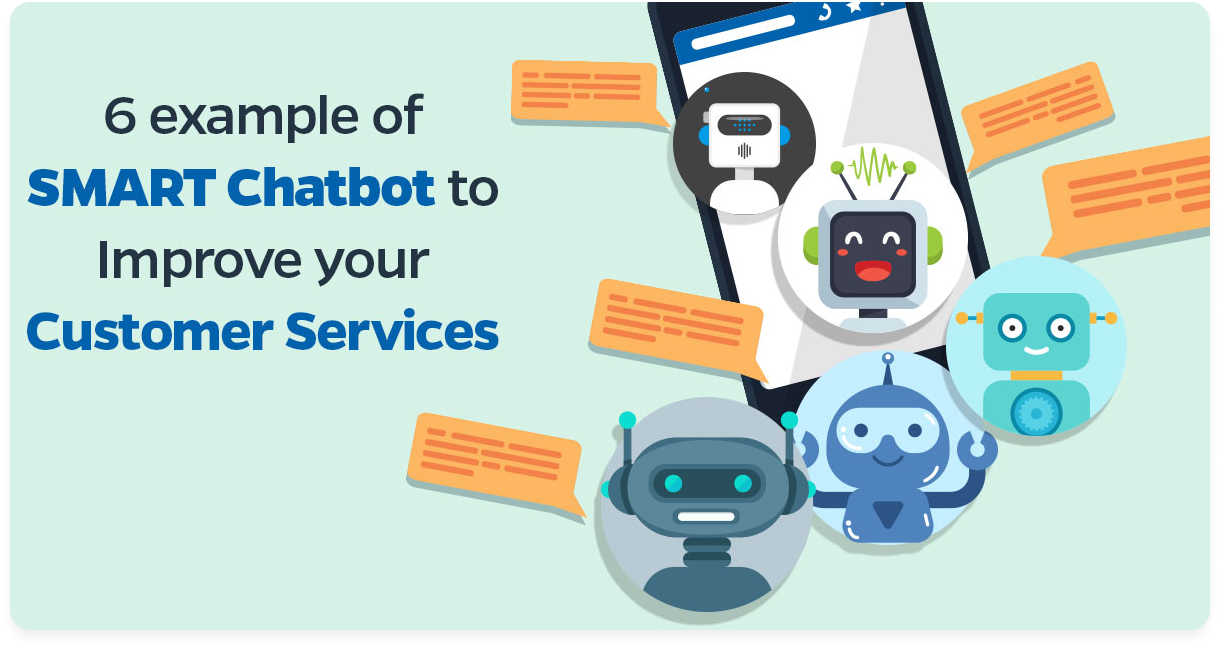
1. E-commerce Chatbot Examples
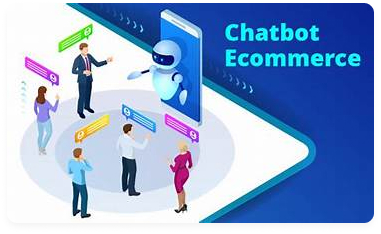
Product Recommendations:
- E-commerce chatbots like those on Amazon suggest products based on user preferences, purchase history, and browsing behavior, enhancing the shopping experience.
Order Tracking:
- Chatbots assist users in tracking their orders, providing real-time updates on shipment status and delivery, ensuring transparency and customer satisfaction.
Virtual Shopping Assistants:
- Some e-commerce platforms employ chatbots that act as virtual shopping assistants, guiding users through the product catalog, answering queries, and facilitating purchases.
2. Chatbot Marketing Examples
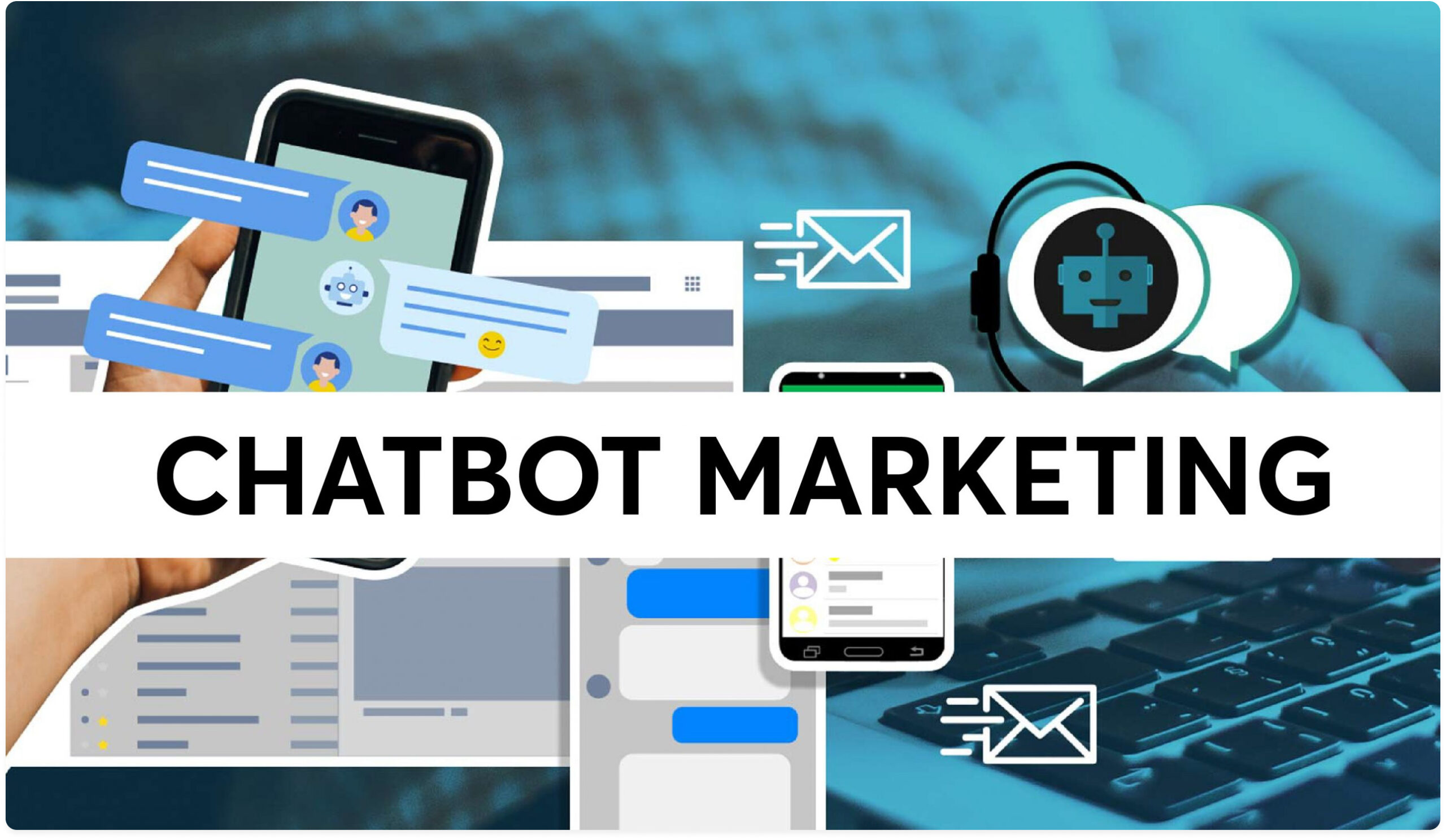
Interactive Campaigns:
- Chatbots in marketing use interactive elements like quizzes or polls to engage users. For instance, a beauty brand might use a chatbot to recommend products based on users’ preferences.
Personalized Offers:
- Marketing chatbots deliver personalized offers and discounts based on user behavior and interactions, creating a more tailored and engaging experience.
Event Promotion:
- Chatbots assist in promoting events by providing information, handling registrations, and sending reminders, maximizing attendance and engagement.
3. Customer Service Chatbot Examples
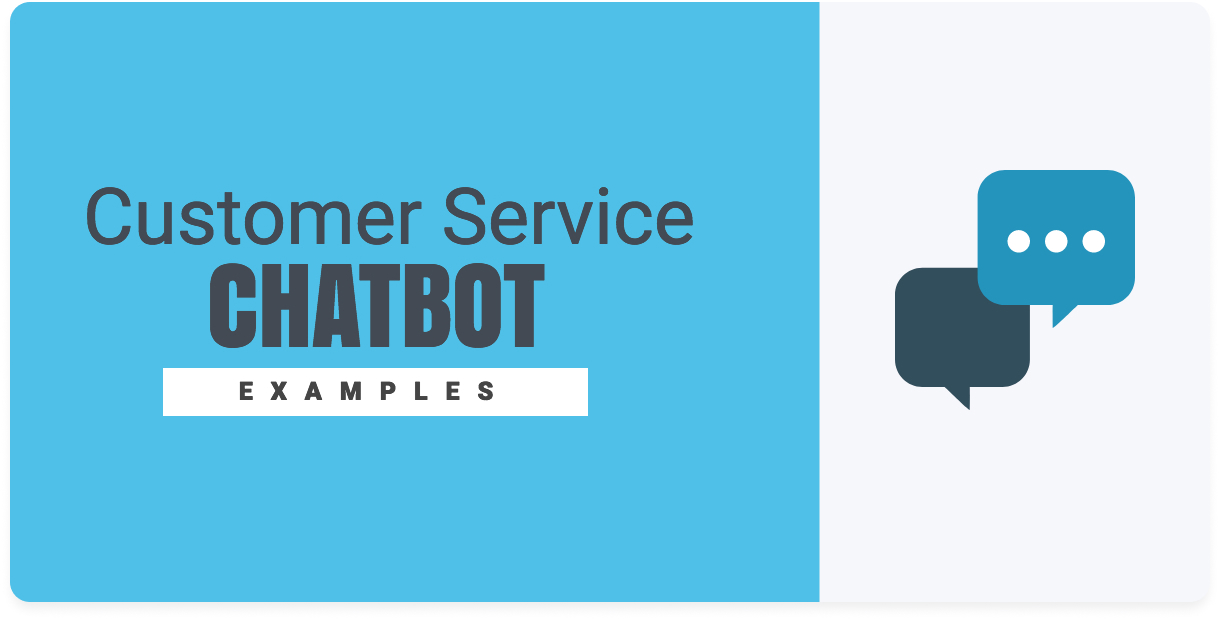
FAQ Assistance:
- Customer service chatbots answer frequently asked questions, resolving common issues instantly and freeing up human agents for more complex queries.
Troubleshooting for chatbot marketing:
- Chatbots guide users through troubleshooting processes, helping them resolve technical or product-related issues efficiently.
Return and Refund Processing:
- Customer service chatbots facilitate the return and refund process, collecting necessary information and guiding users through the required steps.
4. Surveys and Feedback Examples
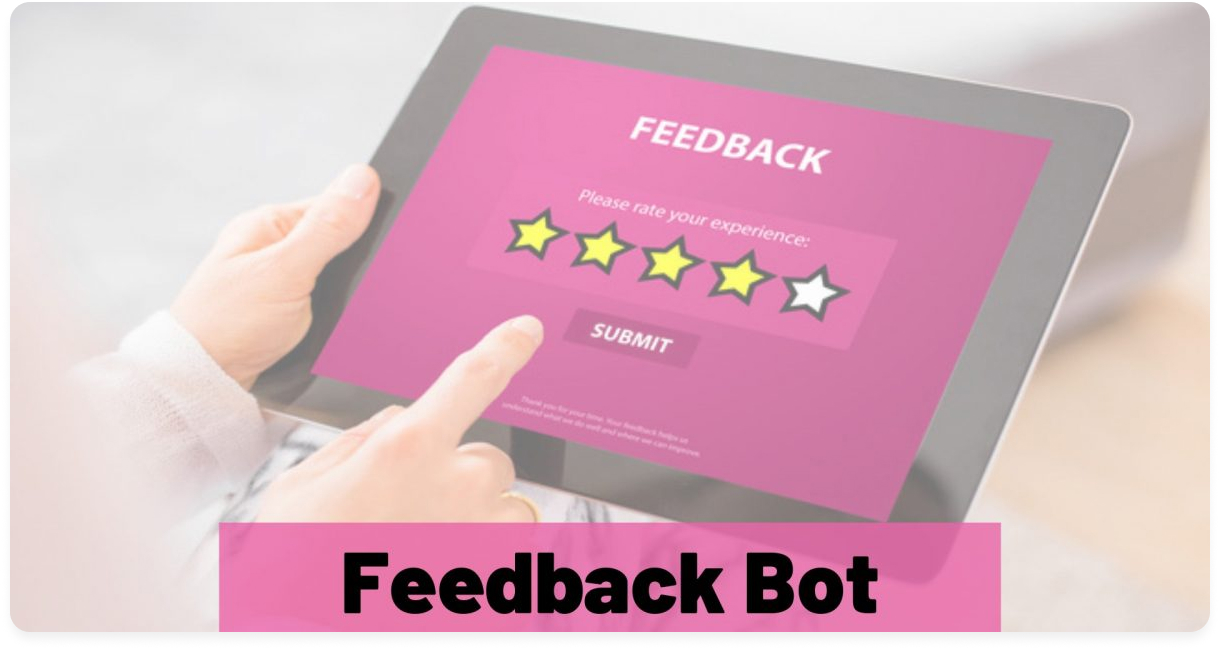
Post-Purchase Surveys:
- Chatbots conduct post-purchase surveys, collecting feedback on the overall shopping experience, product satisfaction, and areas for improvement.
Customer Satisfaction Surveys:
- After customer service interactions, chatbots solicit feedback to gauge customer satisfaction and identify opportunities for service enhancement.
Product Feedback:
- Chatbots gather feedback on specific products, helping businesses understand consumer preferences and make informed decisions on product improvements.
5. Messaging App Examples
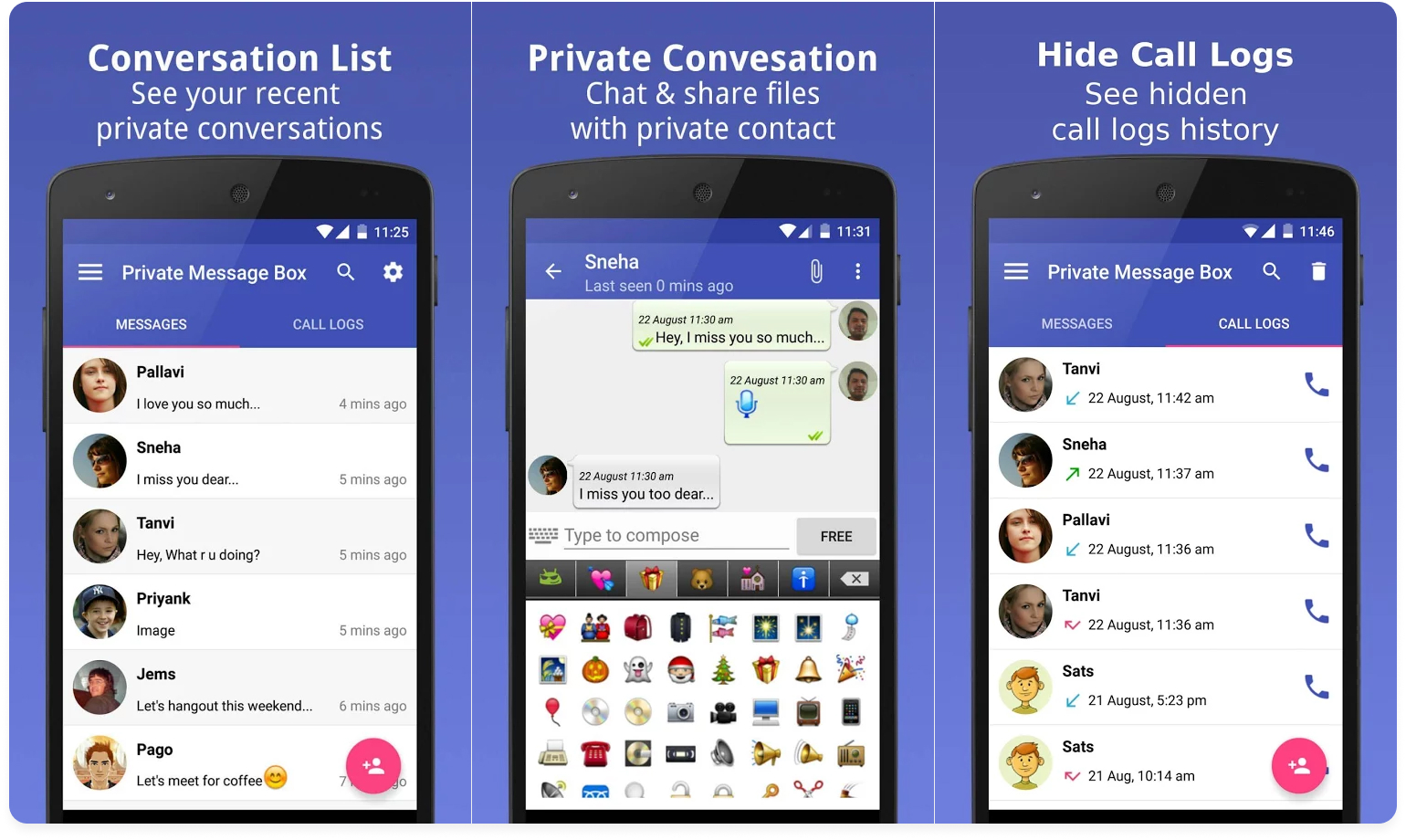
WhatsApp Business Chatbot:
- Brands use WhatsApp chatbots for customer support, order updates, and personalized communication, leveraging the widespread use of this messaging app.
Facebook Messenger Marketing:
- Businesses utilize chatbots on Facebook Messenger for marketing campaigns, offering personalized content, product recommendations, and interactive experiences.
Telegram Chatbots:
- Telegram chatbots are employed for various purposes, from delivering news updates to facilitating e-commerce transactions, providing a versatile messaging app solution.
6. Customer Support Chatbot Examples
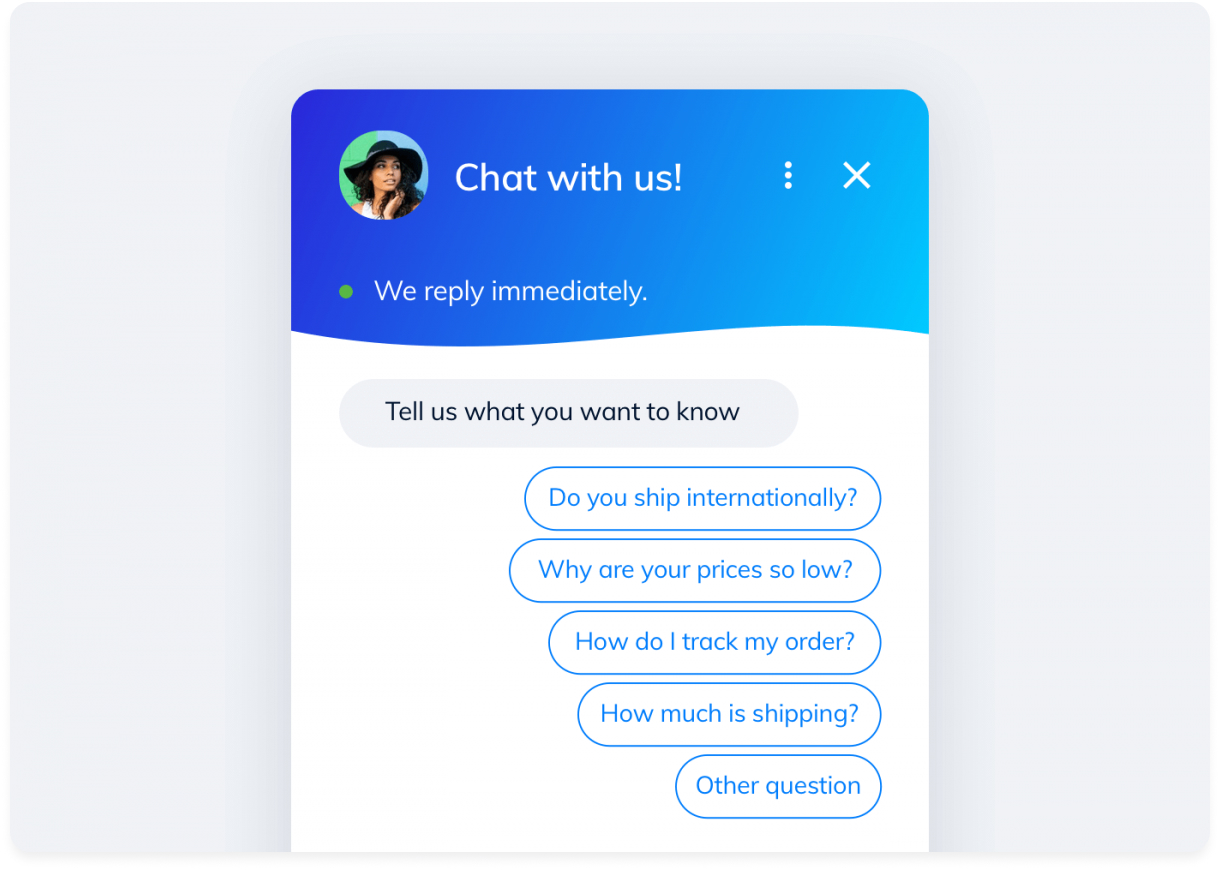
IT Helpdesk Chatbot:
- Customer support chatbots in IT helpdesk scenarios assist users with technical issues, offering troubleshooting steps and solutions.
Banking Customer Support:
- Chatbots in the banking sector handle routine queries, provide account information, and assist with basic transactions, enhancing customer support efficiency.
Travel Assistance Chatbots:
- In the travel industry, chatbots aid users with booking flights, checking itineraries, and providing travel-related information, offering seamless customer support.
Conclusion
This guide serves as your compass in navigating the intricate world of Chatbot Marketing Strategy with the experts of ChatFAI. As technology evolves, integrating chatbots into your marketing arsenal becomes not just a trend but a strategic necessity. Crafting compelling conversations, infusing personalization, and strategic integration across platforms define a successful strategy.
Leveraging insights from data and ensuring a seamless human handoff are the keys to sustained engagement. Don’t forget the importance of regular updates and proactive promotion to maximize the impact. In your journey, explore the diverse landscape of chatbot marketing tools to refine and amplify your strategy, creating an immersive and effective experience for your audience.
FAQs
Q. What is a chatbot in marketing?
A chatbot in marketing is an AI-powered software designed to engage with users in a conversational manner, providing information, assistance, and personalized experiences. In the marketing context, chatbots are employed to streamline interactions, enhance customer engagement, and optimize various processes.
Q. What are the 4 types of chatbots?
Rule-Based Chatbots:
- These chatbots follow predefined rules and operate within set parameters. They are ideal for handling specific and routine tasks.
AI-Powered Chatbots:
- Utilizing machine learning and natural language processing, these chatbots evolve over time, learning from interactions to handle more complex queries and provide personalized responses.
Scripted Chatbots:
- Scripted chatbots follow predefined scripts to guide interactions. While less flexible than AI-powered counterparts, they are effective for specific use cases and scenarios.
Hybrid Chatbots:
- Combining elements of rule-based and AI-powered chatbots, hybrids offer versatility. They handle routine tasks efficiently while adapting to more complex queries through machine learning.
Q. What is AI bot marketing?
AI bot marketing refers to the integration of artificial intelligence (AI) technologies, particularly chatbots, into marketing strategies. These bots leverage AI capabilities such as natural language processing, machine learning, and data analysis to automate tasks, enhance customer interactions, and optimize marketing efforts.
Q. How are bots used in marketing?
Bots are used in marketing across various applications:
Customer Support:
- Bots handle routine customer queries, providing instant responses and freeing up human agents for more complex issues.
Lead Generation:
- Bots qualify leads by collecting information from users, streamlining the lead generation process and providing valuable insights to sales teams.
Personalized Interactions:
- Bots deliver personalized content and recommendations based on user data, enhancing user experience and engagement.
Interactive Marketing Campaigns:
- Bots are integrated into marketing campaigns to deliver interactive elements like quizzes, polls, and games, increasing user participation and data collection.
E-commerce Assistance:
- Bots assist users in product discovery, recommendations, and order tracking, optimizing the e-commerce customer journey.